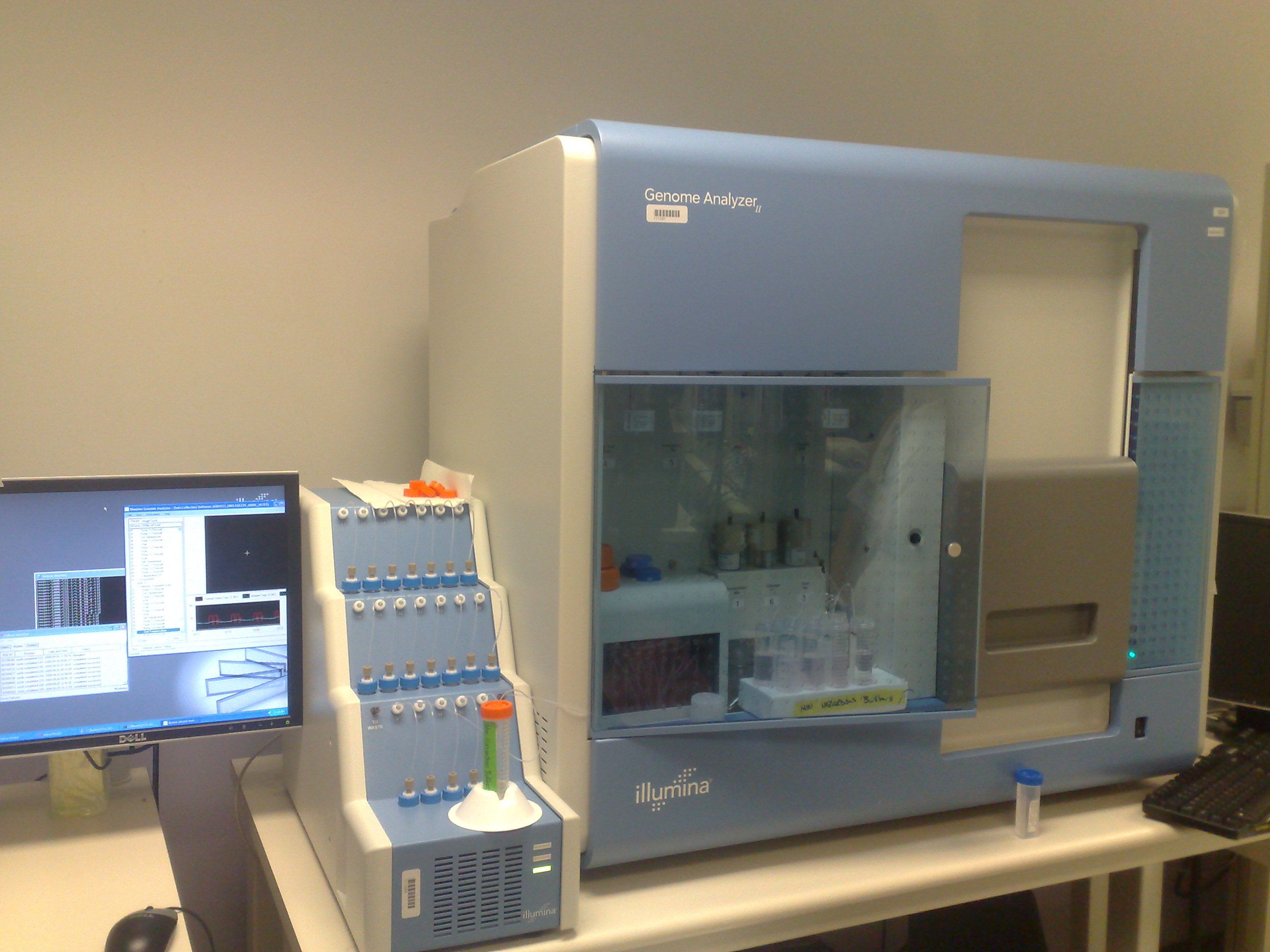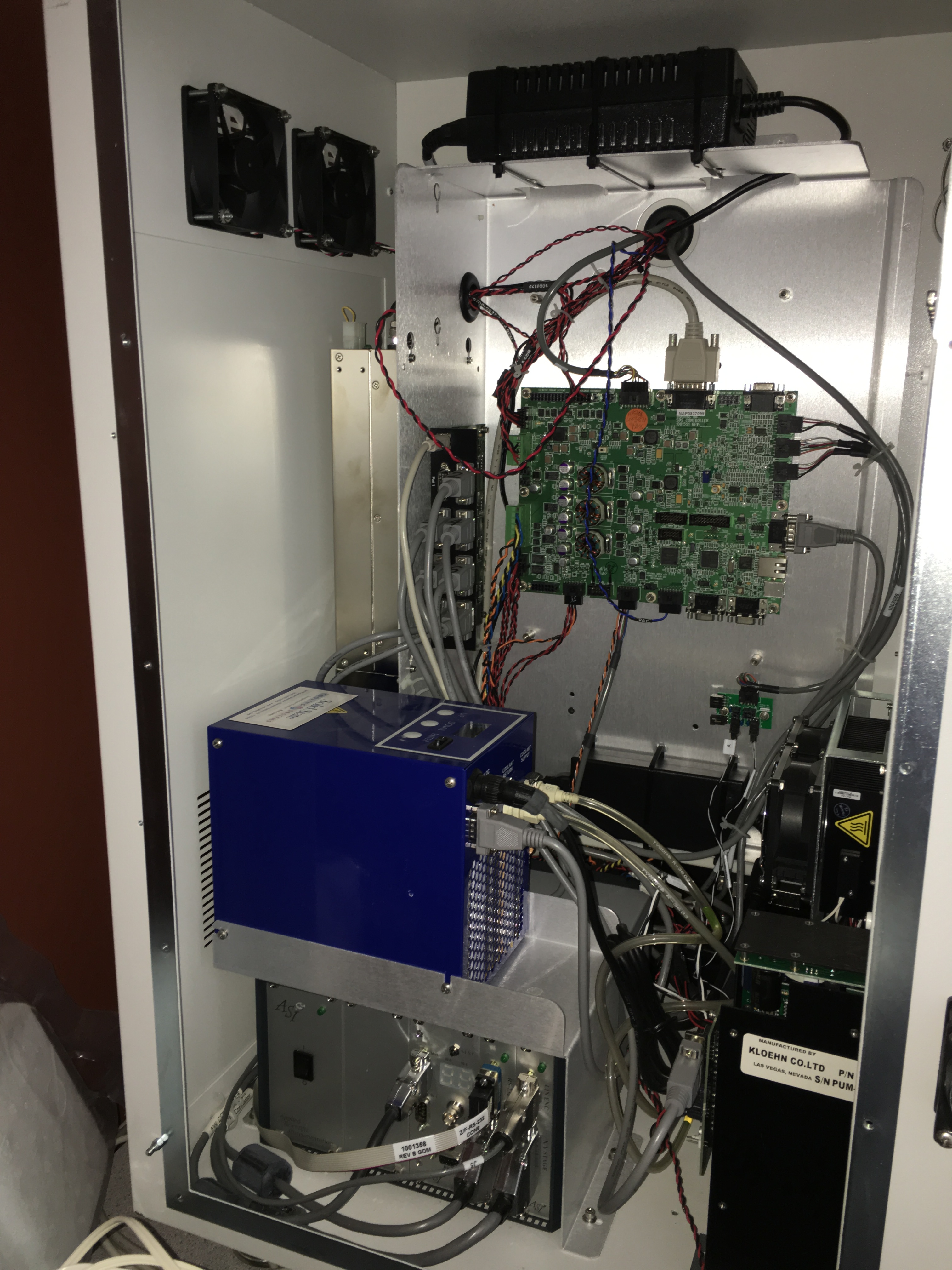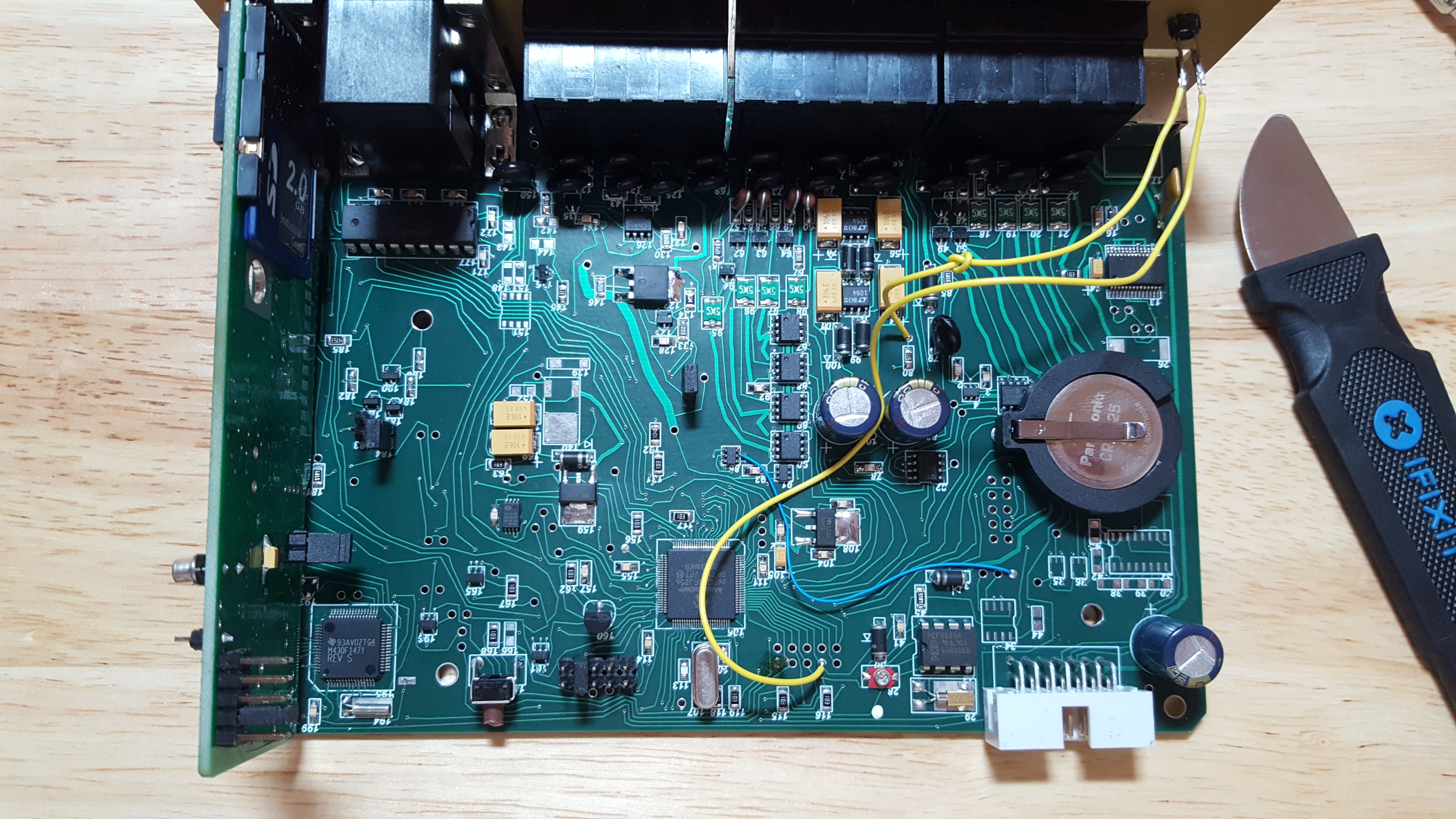Ugly Solutions
The above PCB was posted on twitter a couple of days ago. Along with the comment “when PCB design goes wrong”. @whitequark mentioned topological router TopoR this was a new tool to me, but produces similarly non-traditional layouts. But this particular board doesn’t really look like the traces are following any kind of shortest path. It looks more like someone went a bit wild with the routing tool. I find this, overall, to be a pretty ugly PCB. But then I got to thinking…
The traces that spring out at all kind of angles are no doubt “inefficient” and I can’t really find any reason to suggest this is layout style is a good idea. But then I went and looked at the vendors website. The staff list is really interesting too. They’re clearly a medium sized business supplying real and effective solutions. These kinds of businesses are pretty though, there’s no pile of VC money to burn through and “move fast and break things”. It’s podding forward, providing real solutions. I’d also guess that, like most real businesses, it’s not about the quality of the engineering solution. It’s about meeting customer requirements.
And at the end of the day if the product was delivered on time, and met the customer requirements that’s all that mattered. In particular, there’s no EE listed on their staff page… perhaps the solution sub-contracted and this was what was delivered. It met spec and so it shipped. That was probably the right call, because if you can’t solve customer problems you don’t get paid and your staff don’t get paid.
So while the (poor) engineer in me wants to say this is an ugly board, who am I to judge.
There’s one other point to make, you might think you build a better design. But I’d almost guarantee that if you did you’d get zero sales. Everything around this board, the marketing, the integration, the customer support, matters more than the design itself. And that’s probably why they have a successful business.
 I wanted to share one more example. The instrument pictured to the right is an Illumina/Solexa Genome Analyzer II. The first of the current generation of DNA sequencers. If I remember correctly they cost about 250,000USD. I have fond (?) memories of this machine as a I wrote a bunch of analysis code for the raw image data they generated… But that’s not important.
I wanted to share one more example. The instrument pictured to the right is an Illumina/Solexa Genome Analyzer II. The first of the current generation of DNA sequencers. If I remember correctly they cost about 250,000USD. I have fond (?) memories of this machine as a I wrote a bunch of analysis code for the raw image data they generated… But that’s not important.
Now, you might think that inside this machine you’d find a beautiful engineered solution worth the price of a good sized house in most parts of the world.
You’d be wrong.
 To left is the engineering solution you’d have been buying. There’s a pretty big custom main control board in the middle (using IIRC an STM32). Just to the left of it you’ll see a bank of DB9 connectors. Those 7 cables are all RS232 ports. On one end they go to various pieces of lab equipment housed inside the case, on the other a USB RS323 adapter which heads over to a Windows PC for device control.
To left is the engineering solution you’d have been buying. There’s a pretty big custom main control board in the middle (using IIRC an STM32). Just to the left of it you’ll see a bank of DB9 connectors. Those 7 cables are all RS232 ports. On one end they go to various pieces of lab equipment housed inside the case, on the other a USB RS323 adapter which heads over to a Windows PC for device control.
No custom laser drivers, integrated OEM stepper control boards.. just a big pile of rack mount lab equipment thrown in a box and some cable ties.
Pretty much everything is running off mains voltage. There are at least 4 power bricks which have been strapped into the case. I think there’s at least a couple more on the other side of the instrument. They’re probably all producing the same voltages…
Overall I consider this a pretty poorly integrated solution… but here’s the thing. Solexa the company that developed this instrument shipped it. They got their product to market and in a matter of months produced more DNA sequence data than had been sequenced since the discovery of DNA in the 1950s.
The engineering solution wasn’t the best, but the science was good, and time to market was more important that having a beautiful (or even cheaper or more reliable solution).
